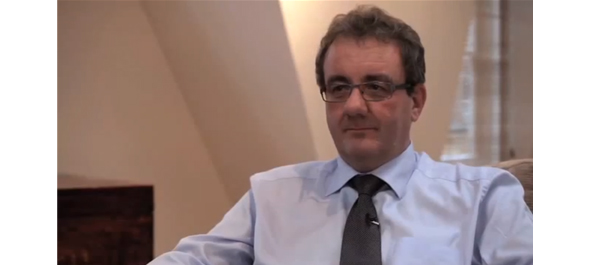Functional urology is coming to you!
This month’s edition features three interesting papers in the field of functional urology. Overactive bladder (OAB) syndrome has a prevalence of 14%, prostatitis symptoms have a prevalence in the male population of 8.2% and a substantial number of all men undergoing radical prostatectomy will remain incontinent. These are clinical entities that every urologist encounters in his daily practice.
The treatment of refractory OAB symptoms with anticholinergics, can be optimized by adding mirabegron in a flexible dose scheme. This has been nicely shown in a Japanese population by Yamaguchi et al. [1]. Despite the fact that Japanese health authorities recommend starting with a lower dose of 2.5 mg of solifenacin or 25 mg of mirabegron, these data can be extrapolated to other populations as well, where 5 mg of solifenacin and 50 mg of mirabegron are used as standard doses.
Chronic bacterial prostatitis and chronic pelvic pain syndrome are difficult to deal with. As there is a lack of well-designed prospective randomized controlled studies in this field, Rees et al. [2] used the Delphi consensus methodology to draw up experience- and science-based consensus guidelines. Their Delphi panel included 58 participants consisting of GPs, urologists, pain specialists, nurse specialists, physiotherapists, cognitive behavioural specialists and sexual health specialists. The guidelines give a well-structured overview of the diagnostic and therapeutic possibilities for chronic bacterial prostatitis and chronic pelvic pain syndrome.
Post-radical prostatectomy incontinence varies widely from 3 to 87%. Artificial sphincters are still the main treatment for this complication. While the results in non-irradiated patients might be good in the long term, it remains unclear how external beam radiotherapy would affect the outcome of artificial sphincters in post-radical prostatectomy incontinence. Bates et al. [3] performed a meta-analysis on the complications occurring after the implantation of an artificial sphincter after radical prostatectomy and radiotherapy. The combination of radical prostatectomy and external beam radiotherapy increases the risk of infection and erosion and urethral atrophy and results in a greater risk of surgical revision compared with radical prostatectomy alone. Also persistent urinary incontinence is more common in this population.
These three papers highlight important and relevant problems in urology. It is clear from these papers that we need more insight and more research into the underlying mechanisms of these highly prevalent entities. With an ageing population that wants to remain active as long as possible, we need to invest more time, people and money in this field to improve the quality of life of these patients. Basic science and clinical science need to work together to improve our knowledge and understanding.
Functional urology is coming to you! You will not escape from this growing population.
References







